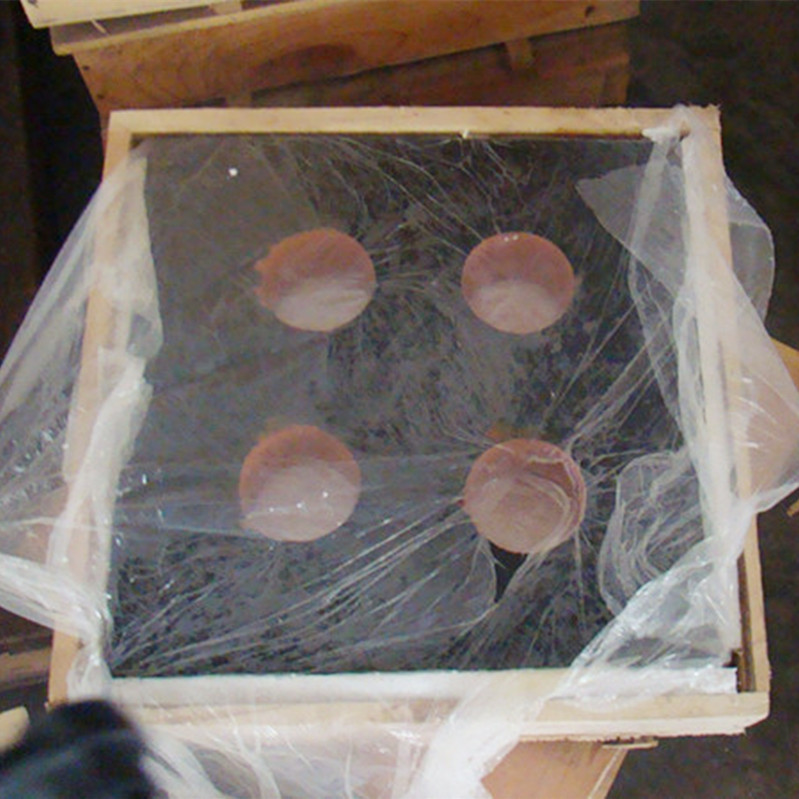کانونی یەکەم . 05, 2024 03:19 Back to list
Understanding the Importance of Safety Check Valves in Pressure Systems
Understanding Safety Check Valves and Their Importance
Safety check valves play a crucial role in various industrial applications, ensuring the safe operation of systems that handle fluids or gases. These valves are designed to allow the flow in one direction while preventing backflow, thereby protecting equipment, systems, and personnel from potential hazards. In this article, we will explore the functionality, types, applications, and importance of safety check valves.
What is a Safety Check Valve?
A safety check valve is a mechanical device that automatically prevents the reverse flow of fluids in a piping system. This is essential in maintaining pressure and ensuring that hazardous materials do not leak back into the system, which could lead to catastrophic failures. These valves operate based on the differential pressure created by the flow direction within the system. When the fluid flows in the intended direction, the valve opens, allowing passage. If an attempt is made for the fluid to flow backward, the pressure causes the valve to close tightly.
How Do Safety Check Valves Work?
The operation of a safety check valve is relatively straightforward. It typically consists of a movable component (often referred to as a disc or ball) that is held in place by a spring or gravity. When the pressure of the incoming fluid exceeds the spring tension or gravitational force, the disc or ball lifts, permitting the fluid to flow through the valve. If the pressure drops or reverses, the disc or ball is pushed back into a closed position, sealing the valve and preventing any backflow.
Types of Safety Check Valves
There are several types of safety check valves, each designed for specific applications and requirements
1. Swing Check Valve This type uses a hinged disc that swings open and closed, relying on gravity to return to its closed position. It is commonly used in horizontal pipelines.
2. Wafer Check Valve A compact design that fits between flanges in a pipeline, wafer check valves are lightweight and suited for limited spaces.
3. Ball Check Valve This design uses a spherical ball that moves within the valve body. When fluid flows forward, the ball is lifted, allowing passage, while backflow causes the ball to seat against the inlet.
safety check valve

4. Lift Check Valve Similar to swing check valves, lift check valves have a vertical lift mechanism that moves a disc up and down, providing efficient sealing against backflow.
Applications of Safety Check Valves
Safety check valves are employed in a wide range of applications, including
- Water Supply Systems These valves prevent backflow into the municipal water supply, protecting against contamination from used water.
- Oil and Gas Industries Safety check valves are critical in maintaining the integrity of oil and gas pipelines, where preventing backflow is essential for operational safety.
- Chemical Processing In facilities handling hazardous chemicals, these valves help control the flow and prevent leaks, safeguarding both the environment and personnel.
- HVAC Systems In heating, ventilation, and air conditioning systems, safety check valves help maintain proper pressure and flow direction, enhancing efficiency and safety.
Importance of Safety Check Valves
The significance of safety check valves cannot be overstated. They serve as a first line of defense against potential accidents and system failures. By preventing backflow, these valves help maintain system integrity, protect equipment from damage, and reduce the risk of environmental contamination. Moreover, they contribute to the overall efficiency of fluid handling processes, ensuring smooth operation and minimizing downtime.
In conclusion, safety check valves are an essential component in many industrial sectors, providing critical protection and ensuring the safe flow of fluids. Understanding their types, functions, and applications is vital for engineers and safety professionals aiming to design and maintain safe systems. As industries continue to evolve and expand, the significance of these valves will only increase, underscoring the need for rigorous safety measures in fluid handling operations.
-
thread-plug-gauge-our-promise-of-measurement-excellenceNewsAug.22,2025
-
gauge-pin-class-reflecting-quality-legacyNewsAug.22,2025
-
check-valve-types-for-high-rise-buildingsNewsAug.22,2025
-
water-control-valve-for-irrigation-systemsNewsAug.22,2025
-
gate-valve-with-soft-seal-technologyNewsAug.22,2025
-
y-type-strainer-for-oil-and-gas-applicationsNewsAug.22,2025
Related PRODUCTS









